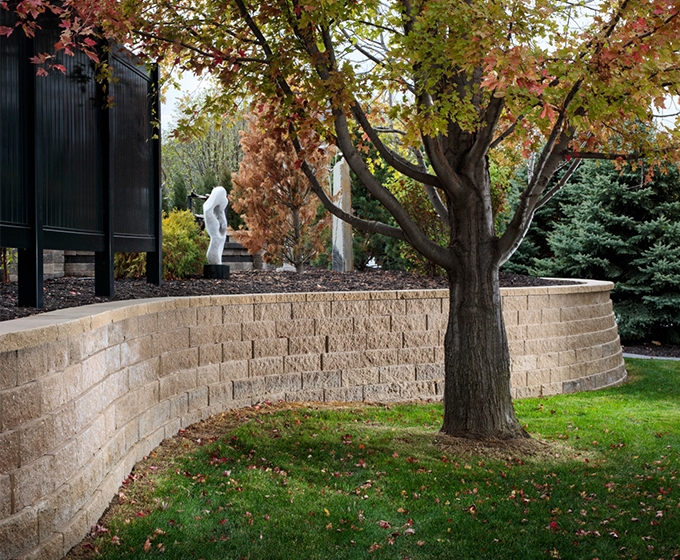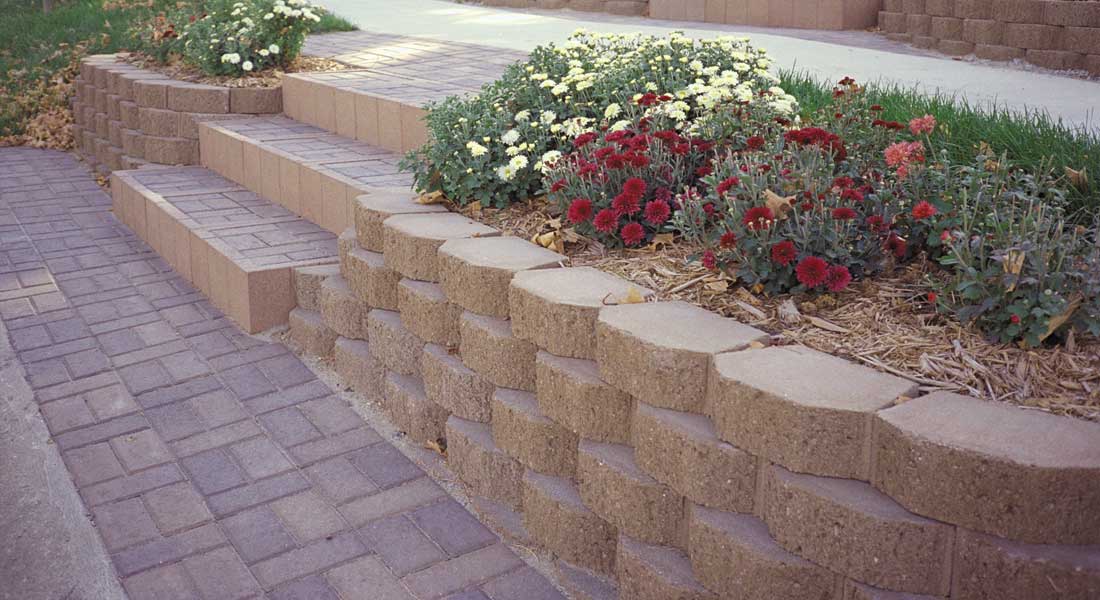Get This Report on Retaining Wall And Garden Wall Construction
What Does Retaining Wall And Garden Wall Construction Do?
Table of ContentsRetaining Wall And Garden Wall Construction Fundamentals ExplainedHow Retaining Wall And Garden Wall Construction can Save You Time, Stress, and Money.Retaining Wall And Garden Wall Construction Things To Know Before You Get ThisHow Retaining Wall And Garden Wall Construction can Save You Time, Stress, and Money.A Biased View of Retaining Wall And Garden Wall Construction
If this slope is not managed, the wall surface will certainly relocate or stop working. Rainwater that runs the top of a preserving wall surface can harm the dirt as well as plants on either side, deteriorating them away. Water drainage systems divert this water from at risk locations, decreasing the impact to the structure and also its surroundings.:strip_icc()/101404295-8b6c4dcd7eec44b19be8f349ffa765b5.jpg)
All keeping wall surfaces must include water drainage rock even if a draining pipes pipeline is not required. Location filter fabric over the drain stone and also listed below the topsoil. That protects against fine product and also natural matter from clogging up the water drainage stone.
Some Known Incorrect Statements About Retaining Wall And Garden Wall Construction
Clay or other bad draining pipes soils lag the wall. There are buried water resources within 50 feet of the preserving wall surface area 5. There are outlet choices for your water drainage pipeline. Whichever one you choose, put an outlet at least every 30 to 50 feet along the wall. Inadequately drainage will reduce the life of your preserving wall.

Synthetic wall surface made use of for supporting soil between 2 various altitudes Retaining wall surfaces are relatively stiff wall surfaces made use of for sustaining soil laterally so that it can be maintained at various levels on the two sides. Keeping walls are structures developed to limit soil to a slope that it would not normally keep to (commonly a high, near-vertical or vertical incline).
Some Known Details About Retaining Wall And Garden Wall Construction
A retaining wall that retains dirt on the backside as well as water on the frontside is called a seawall or a bulkhead. A keeping wall is made to keep in location a mass of earth or such, such as the side of a terrace or excavation. The framework is built to stand up to the side pressure of dirt when there is a preferred change in ground altitude that surpasses the angle of repose of the soil.
These are cantilevered from a footing and also increase over the grade on one side to retain a greater level quality on the opposite side. The wall surfaces have to stand up to the lateral stress produced by loosened soils or, in many cases, water stress. Every keeping wall supports a "wedge" of soil. The wedge is defined as the dirt which extends past the failing plane of the dirt kind present at the wall surface site, as well as can be calculated when the soil friction angle is recognized. Retaining Wall And Garden Wall Construction.

This decrease decreases the stress on the maintaining wall surface. One of the most crucial factor to consider in appropriate layout and installation of retaining wall surfaces is to identify as well as counteract the tendency of the retained product to relocate downslope because of gravity. This creates lateral planet stress behind the wall which depends on the angle of interior friction (phi) and the natural toughness (c) of the maintained material, as well as the direction Resources and magnitude of motion the maintaining structure goes through.
Fascination About Retaining Wall And Garden Wall Construction
Various types of maintaining wall surfaces Construction types of gravity maintaining wall surfaces Gravity wall surfaces depend on their mass (rock, concrete or various other heavy material) to withstand stress from behind and also might have a 'batter' problem to enhance stability by leaning back towards the preserved dirt. For brief landscape design walls, they are often made from mortarless stone or segmental concrete units (masonry units).
This sort of wall YOURURL.com uses a lot less product than a typical gravity wall surface. Diaphragm walls are a type of keeping walls that are very tight as well as normally leak-proof. Diaphragm walls are expensive wall surfaces, however they save time as well as room, as well as thus are made use of in city building and constructions. Sheet stack keeping walls are usually made use of in soft dirt and limited areas.

Some Known Details About Retaining Wall And Garden Wall Construction
A secured keeping wall can be created in any of the previously mentioned designs but likewise consists of added strength using wires or various other remains secured in the rock or soil behind it. Normally driven right into the product with boring, anchors are then broadened at the end of the cable television, either by mechanical methods or usually by injecting More about the author pressurized concrete, which expands to develop a bulb in the soil.